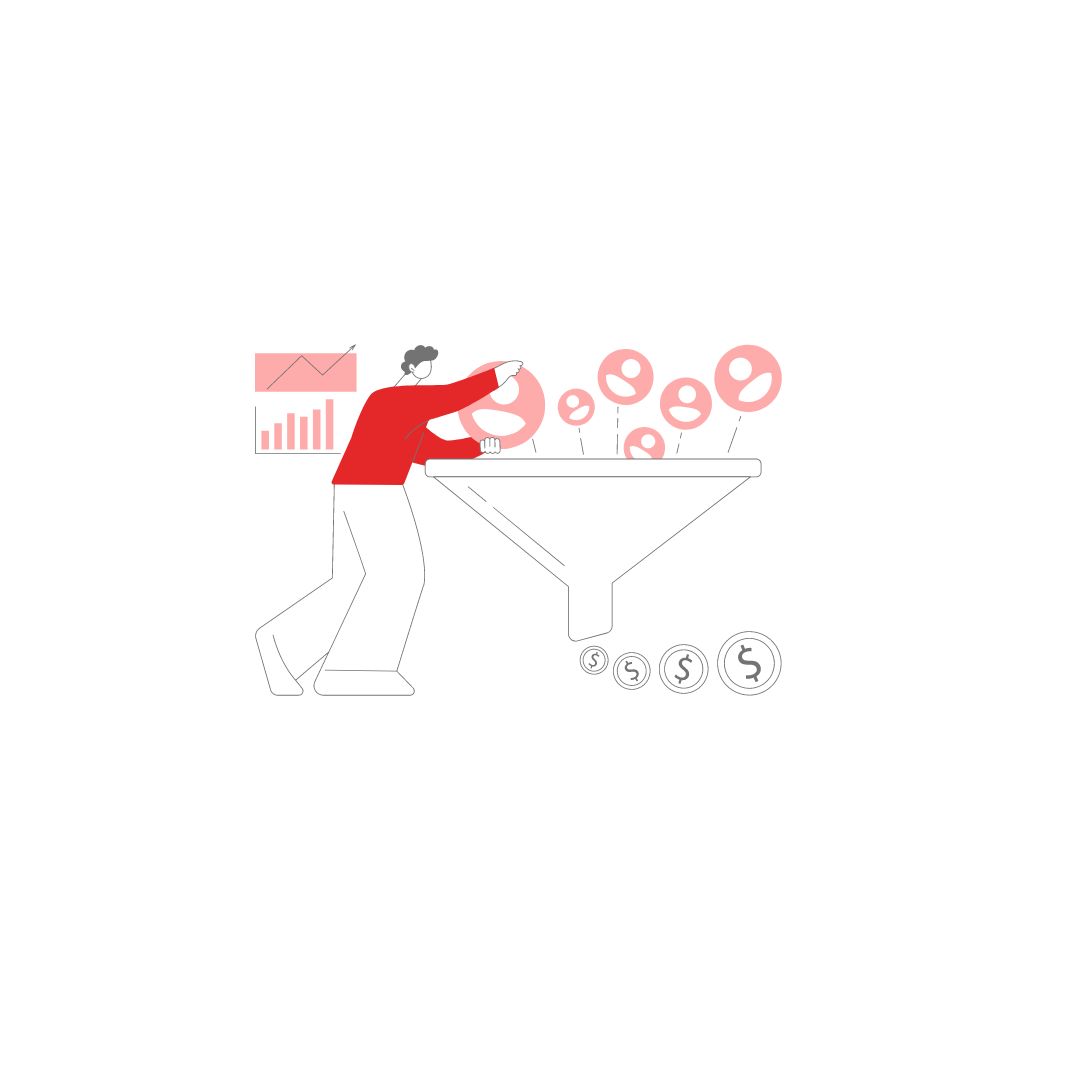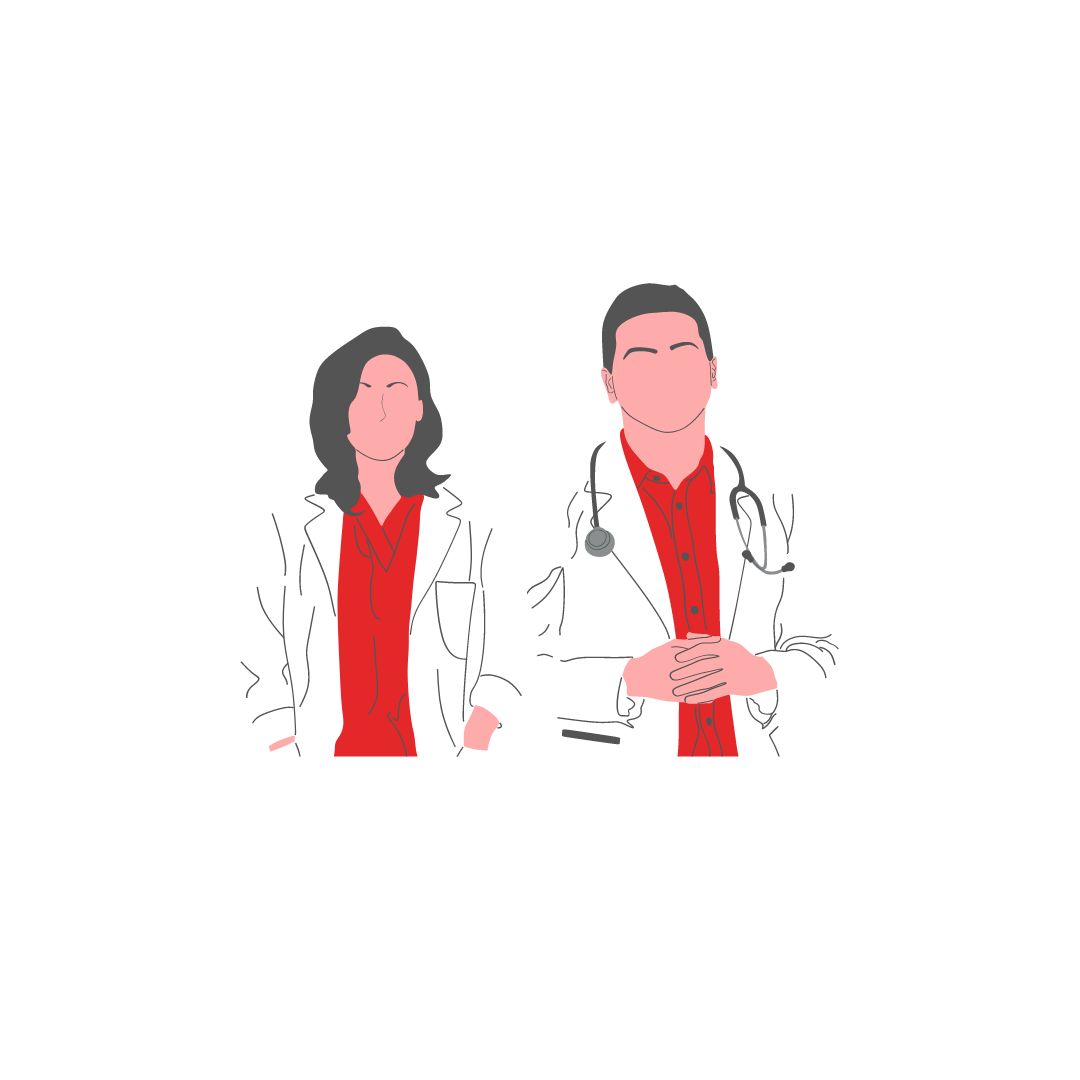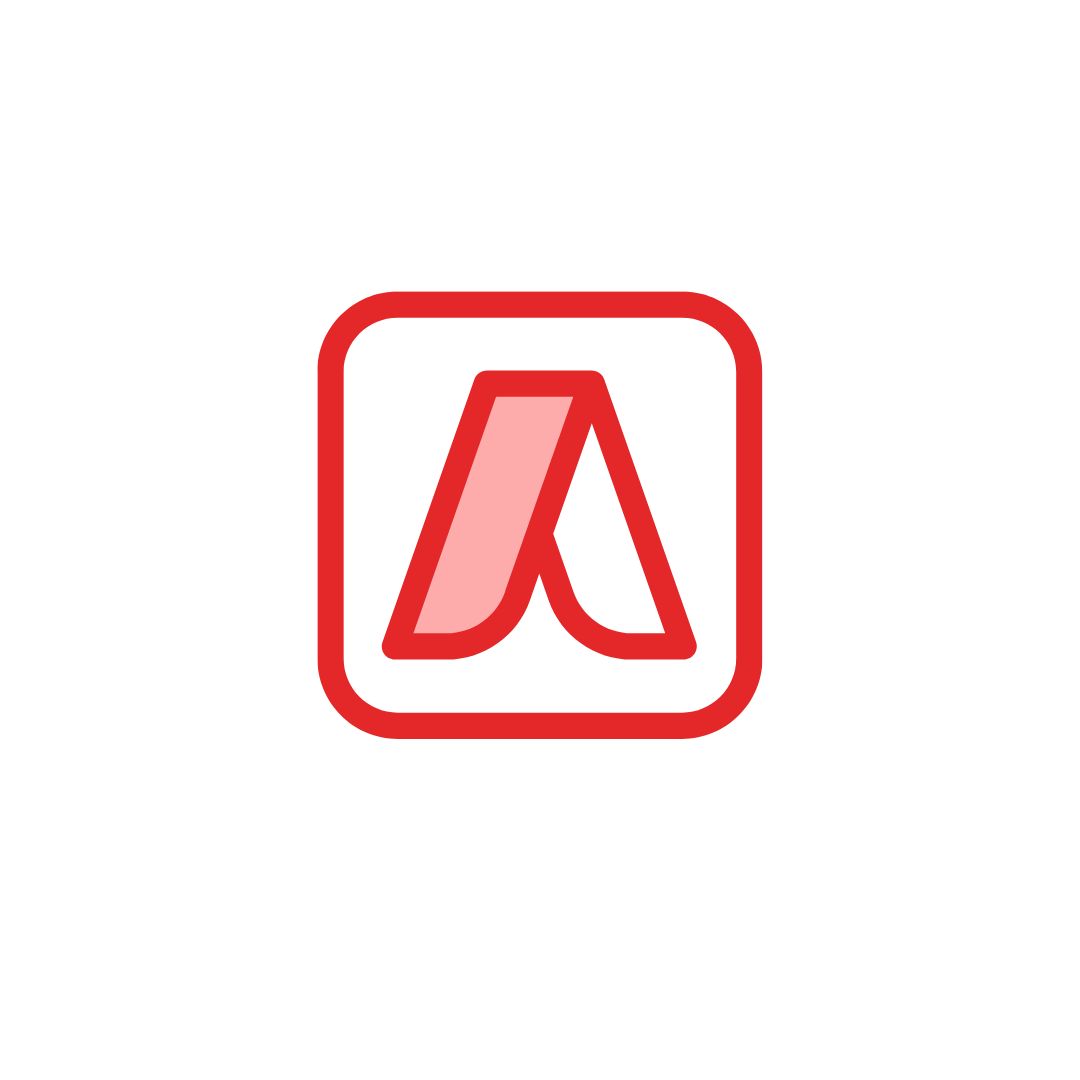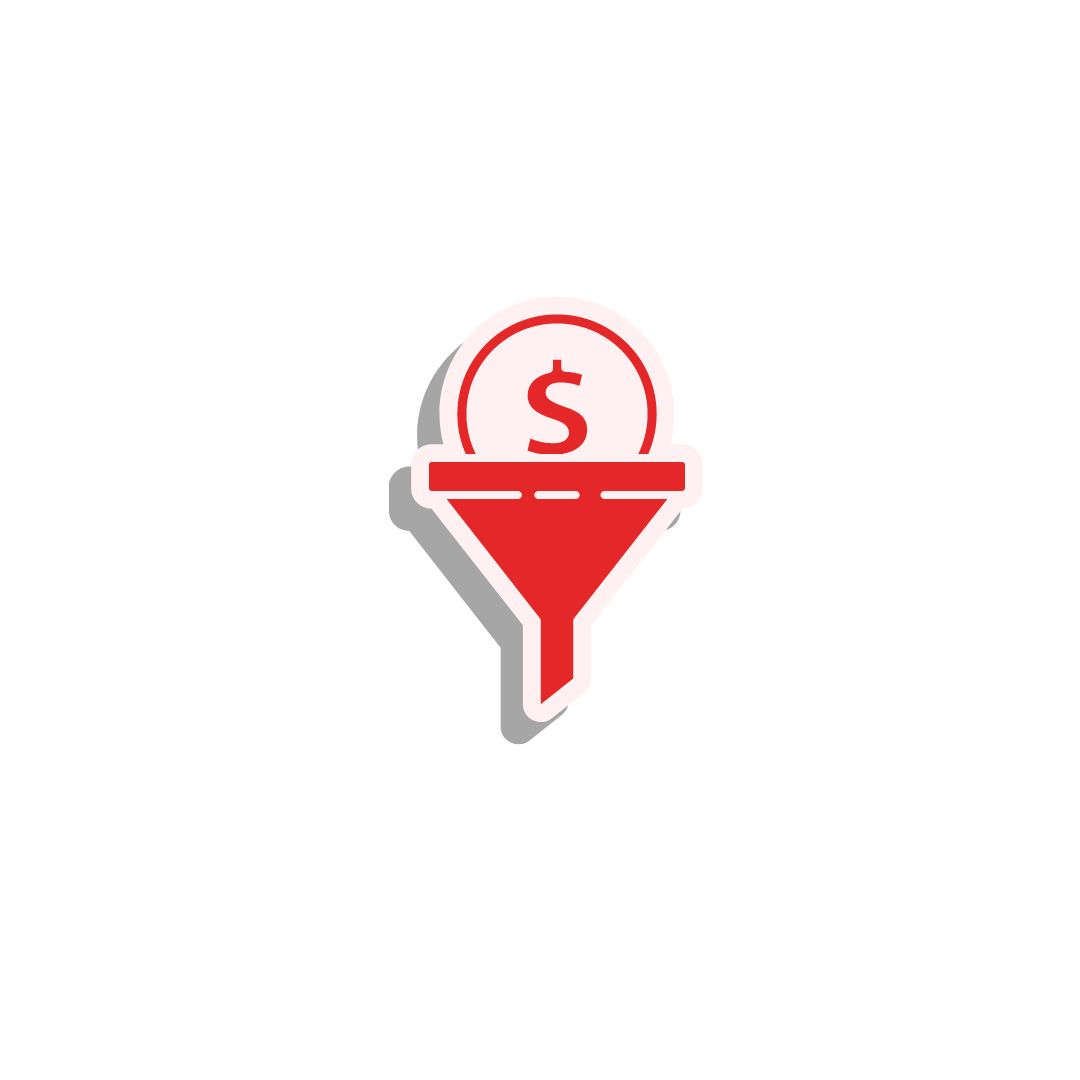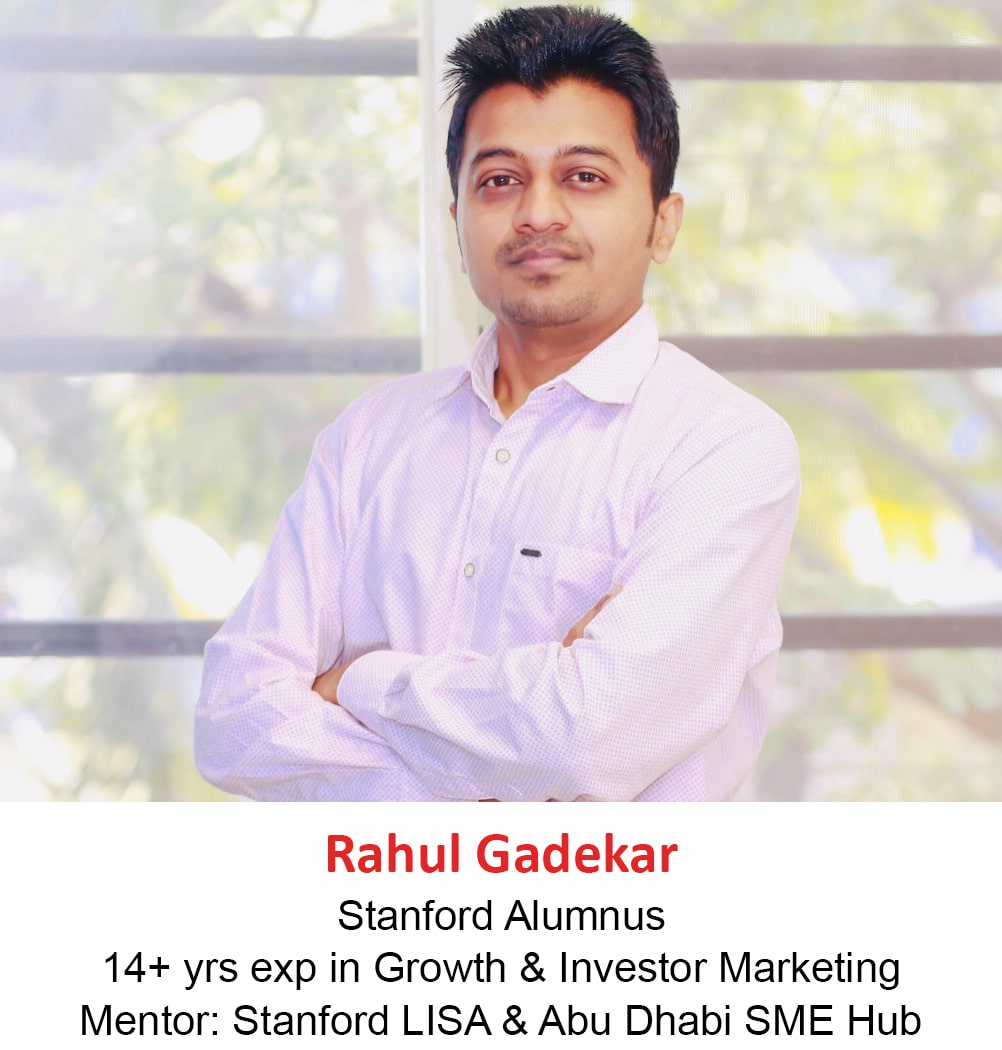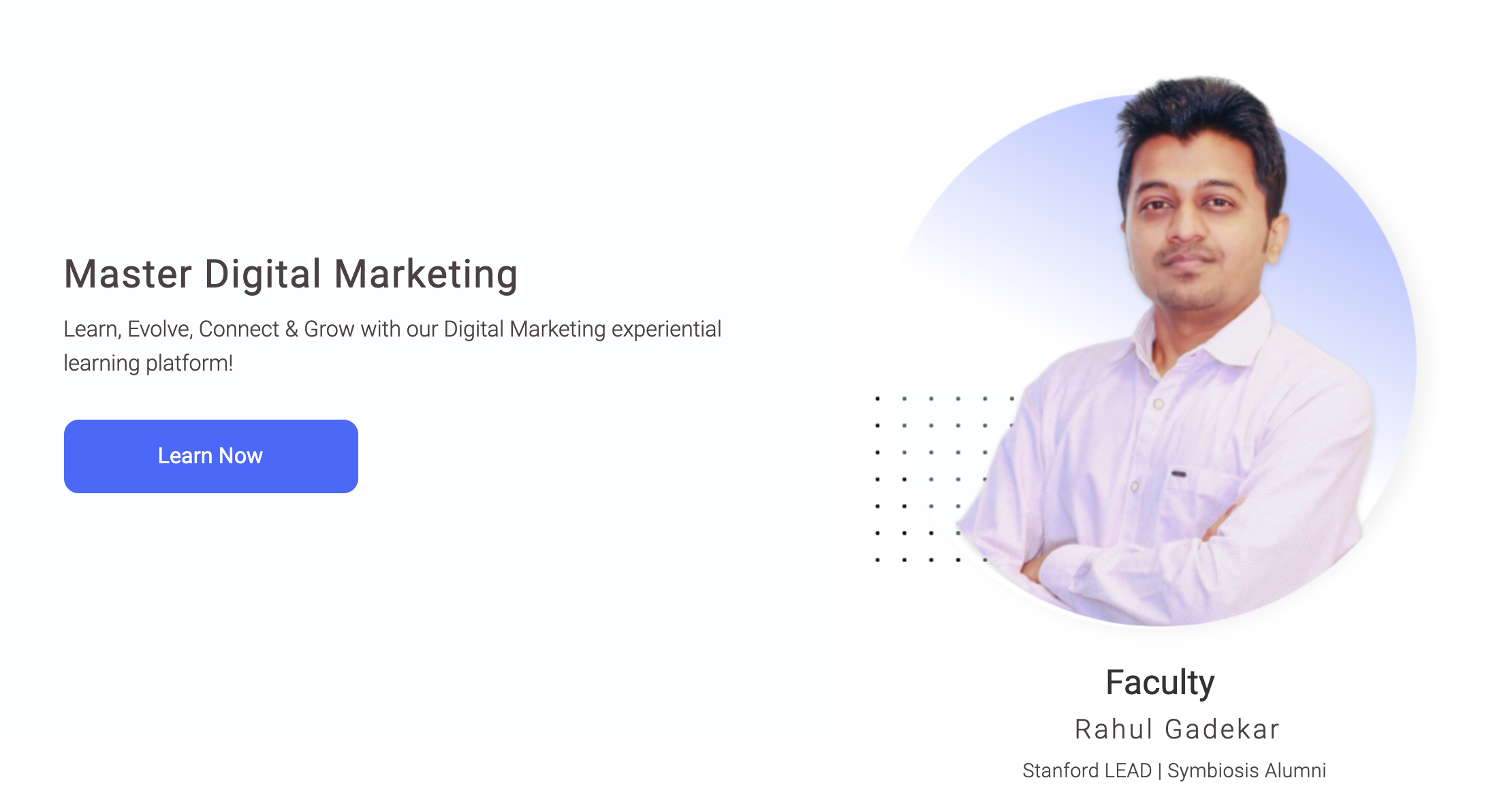The PARC Framework stands as a beacon for organizations seeking a comprehensive approach to enhance their workplace environment and culture. By focusing on People, Architecture, Routine, and Culture, this framework provides a holistic view of how different elements of the workplace interact with each other and contribute to overall success. In this blog, we delve into the intricacies of the PARC Framework, exploring each component in detail, its benefits, and how various companies have successfully implemented it to achieve remarkable results.
In the fast-paced world of modern business, the ability to adapt and flourish hinges on more than just the strategies employed; it’s about fostering an environment that champions growth, innovation, and well-being. This is where the PARC Framework comes into play, offering a structured approach to creating a thriving workplace.
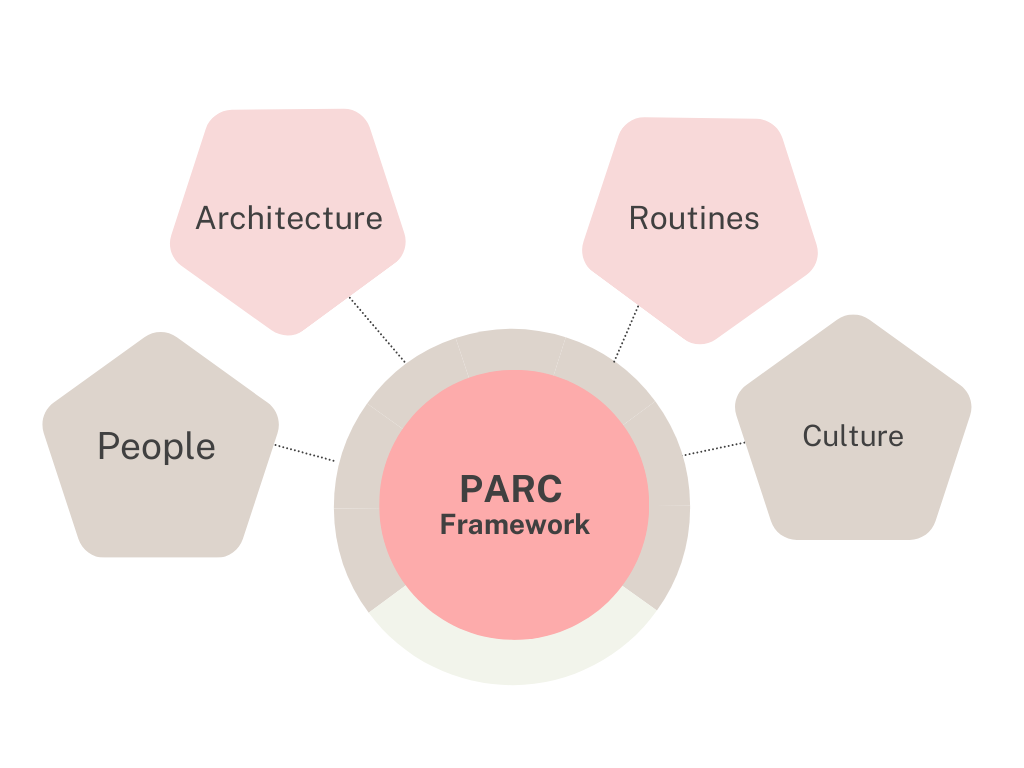
What is the PARC Framework?
The PARC Framework is a strategic tool used by organizations to assess and enhance their work environment and culture. It stands for People, Architecture, Routine, and Culture, each representing a critical aspect of the workplace that, when harmonized, can lead to improved performance, employee satisfaction, and organizational success.
People
This pillar emphasizes the significance of human capital in the organization. It involves understanding the diverse needs, skills, and motivations of employees. By focusing on recruitment, development, and engagement strategies that prioritize people, organizations can foster a more motivated and productive workforce.
Architecture
This component goes beyond the physical layout of the workplace. It encompasses the design of workspaces to enhance collaboration, creativity, and well-being. An effective architectural strategy takes into consideration the flow of communication, the provision of spaces for different types of work (collaborative, private, etc.), and the use of design to reinforce the company’s values and goals.
Routine
Routine refers to the day-to-day operations and practices that define how work is done. This includes the structuring of teams, workflows, communication protocols, and decision-making processes. By optimizing routines, companies can improve efficiency, flexibility, and employee satisfaction.
Culture
The final pillar, culture, embodies the organization’s values, beliefs, and behaviors. A strong, positive culture promotes a sense of identity and belonging among employees, driving engagement and performance. Culture is shaped by leadership, policies, and practices, and it’s critical for aligning individual behaviors with organizational goals.
Advantages of the PARC Framework
Implementing the PARC Framework offers several advantages:
Enhanced Employee Well-being:
By focusing on the needs and motivations of people, the framework promotes a healthier, more supportive workplace environment.
Increased Productivity and Innovation:
Optimized architecture and routines facilitate better collaboration and creativity, leading to higher levels of innovation and efficiency.
Stronger Organizational Culture:
A deliberate focus on culture ensures that the organization’s values are lived and breathed, resulting in a more cohesive and motivated workforce.
Adaptability:
The holistic nature of the framework makes organizations more adaptable to changes in the market or workplace dynamics.
Conclusion
The PARC Framework offers a comprehensive approach to building a resilient, adaptive, and engaging workplace. By focusing on People, Architecture, Routine, and Culture, organizations can create an environment that not only supports their strategic goals but also fosters employee well-being and satisfaction. As more companies look to implement the PARC Framework, it becomes increasingly clear that the future of work is not just about what we do, but how we create the spaces, routines, and cultures that make our work meaningful and impactful.

